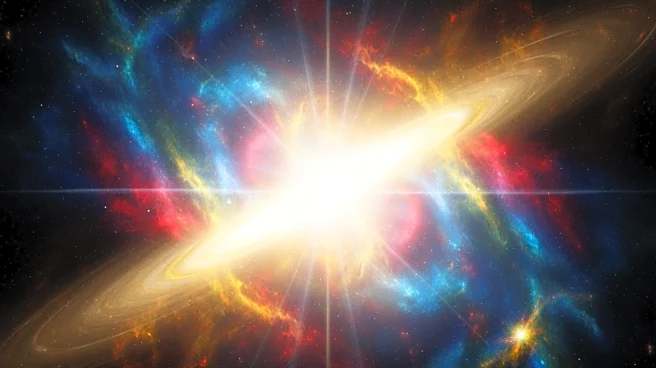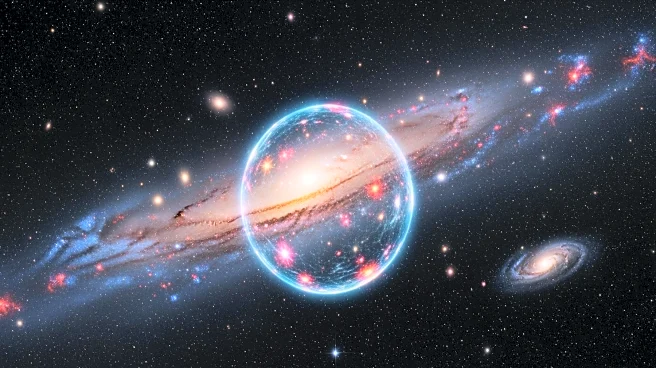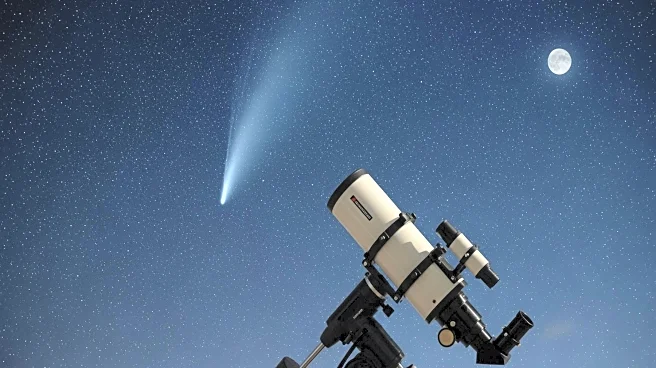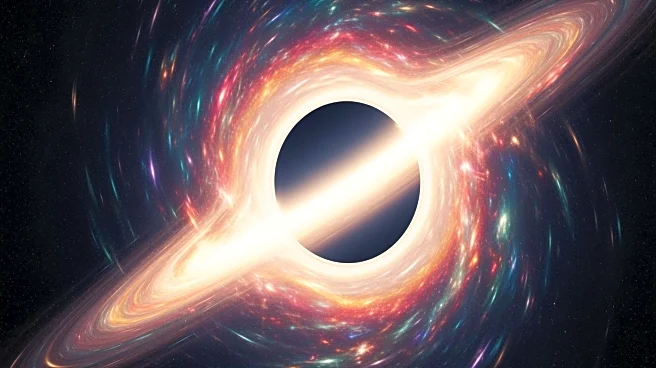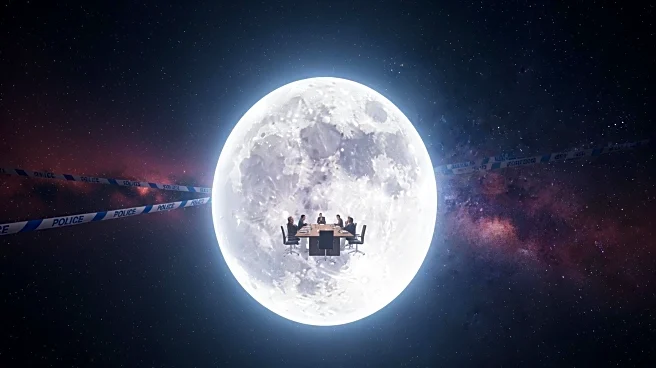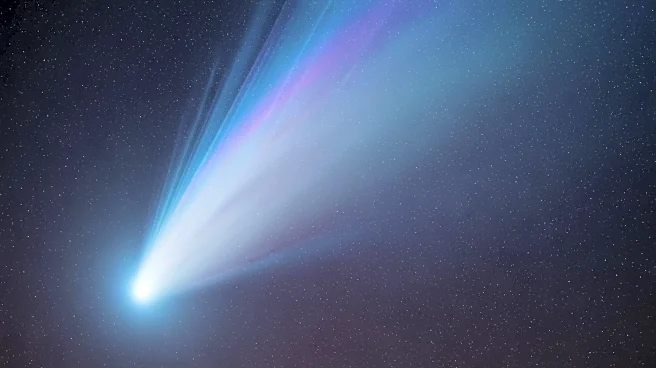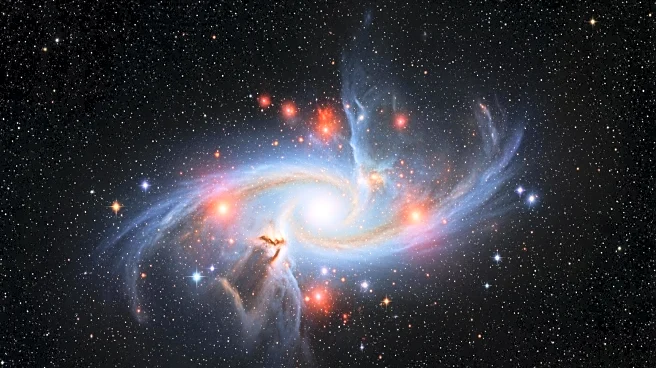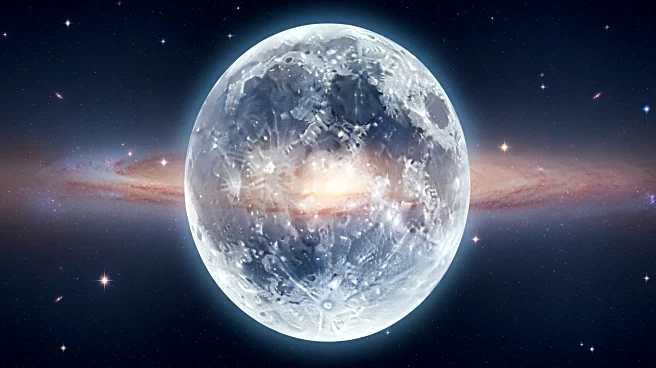What's Happening?
Astronomers have discovered a giant outward ripple in the Milky Way, set off by a massive event in the galaxy's past. Using data from the Gaia space-mapping spacecraft, researchers measured the motions
of stars in the outer regions of the galactic disk, finding patterns consistent with a wave-like corrugation. The ripple may have been caused by an encounter with another galaxy, such as the Sagittarius dwarf galaxy, interacting with the Milky Way.
Why It's Important?
This discovery highlights the dynamic nature of the Milky Way, challenging the perception of the galaxy as a static object. The ripple provides insights into the history and ongoing processes within the galaxy, offering clues about past interactions with other celestial bodies. Understanding these dynamics can enhance the knowledge of galactic evolution and the forces shaping the Milky Way. The findings contribute to the broader field of astrophysics and the study of cosmic phenomena.
What's Next?
Researchers plan to further investigate the source and implications of the ripple using future Gaia data releases. The next release, expected in December 2026, will provide a larger dataset to explore the wave's origins and effects. Continued study may reveal more about the Milky Way's interactions with other galaxies and the processes influencing its structure. The research underscores the importance of space-based observatories in uncovering the mysteries of the universe.


